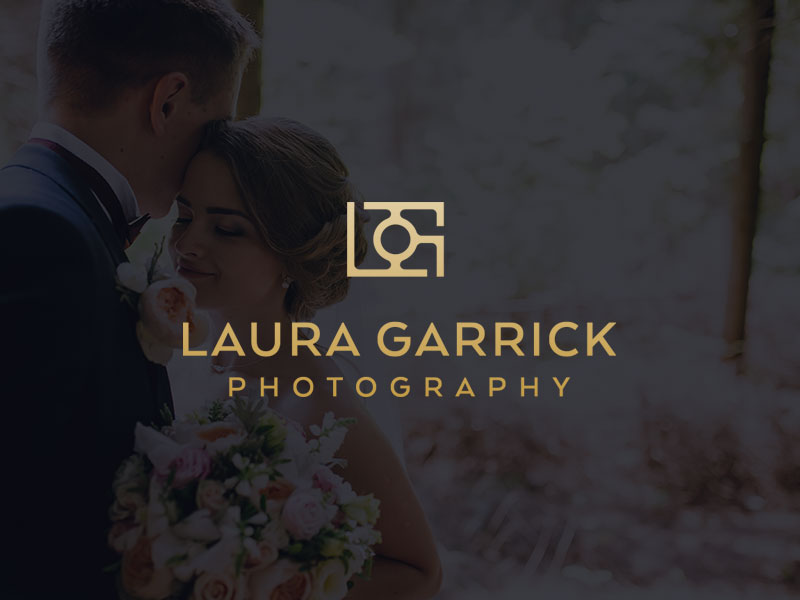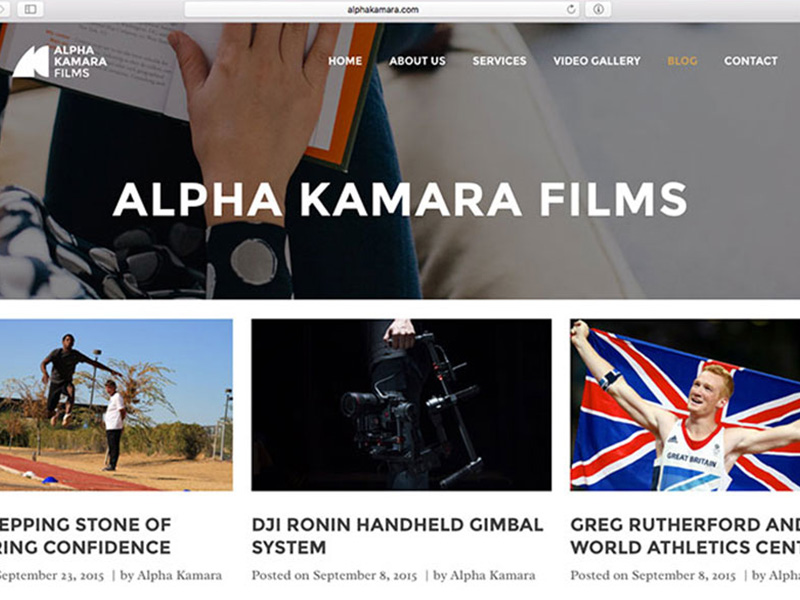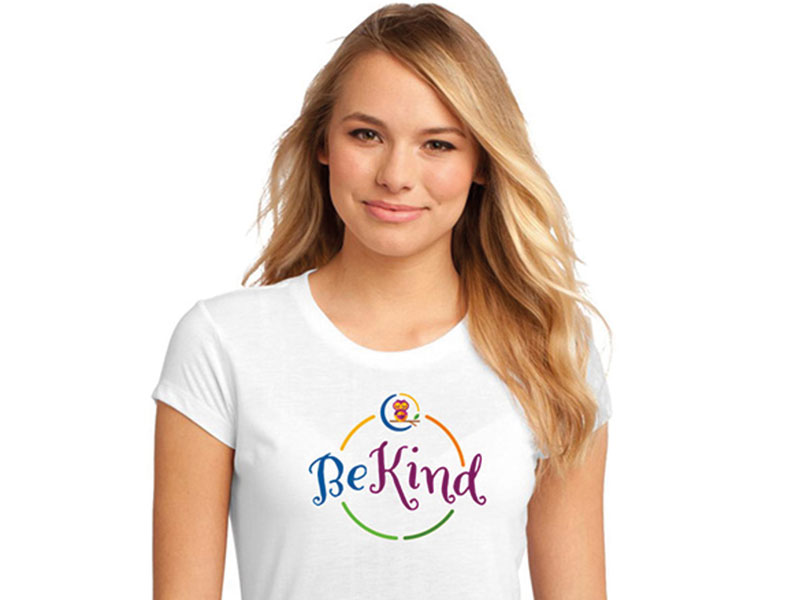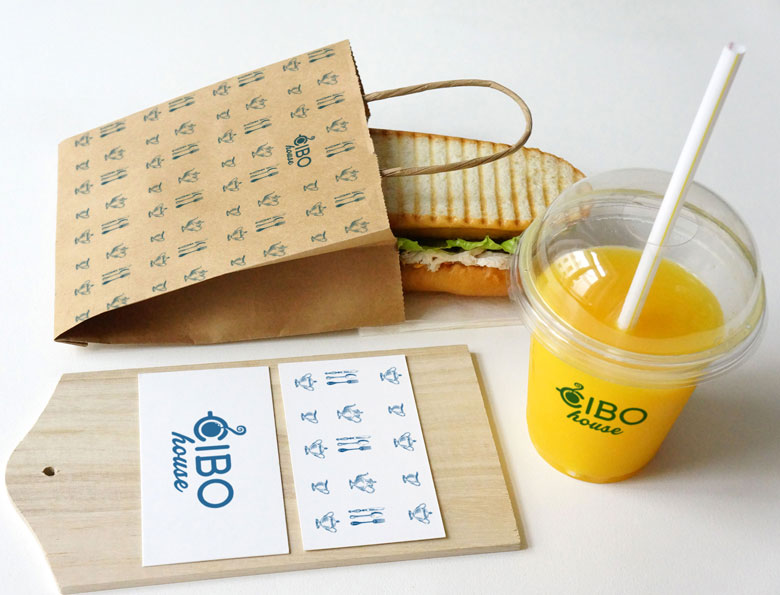Spellbrand Blog
How To Create Powerful Sales Materials

Your brand’s sales materials – such as the website, company brochures, presentations etc – are tools to move your customers forwarding the sales process. Each item has a specific role to play in an effective brand and the overall sales funnel and they should be created to fulfill that role in the most effective way possible. Sales materials that are not effective could end up losing your sales and customers.
Most businesses find it hard to invest in creating powerful sales materials and literature. Not for lack of want but rather, I believe, for lack of sense of priority. The ROI on having great sales materials is hard to gauge. Since the design is subjective, it is hard to understand and judge if a particular piece of sales literature is working and effective. However, there are brands out there that understand this importance and invest in getting the right kind of designs in place.
Other activities that compete for the marketing budget such as a lunch party, a direct mail campaign, office setup costs, marketing list purchase etc, get the priority since they are easier to understand and have a perceived value.
In this article, I will give you some tips on creating powerful sales materials and how to evaluate their effectiveness.
When evaluating any piece of sales literature, you must ask the following questions:
-
Does this sales piece help move your prospects closer to the sale? If not, what is holding it back?
-
Does this sales piece fit into the overall sales strategy? Or is it a stand-alone piece with no context?
-
Does the sales piece communicate the message clearly and without ambiguity?
-
Does the sales piece meet the brand guidelines and is consistent with the rest of the branding?
-
And so on…
Various types of sales materials
First off, let us look at a list of the most common sales tools that you would require to effectively market your brand. This assumes that you already have a sales strategy that has been derived from your positioning and brand strategy.
If you do not have a sales strategy, I strongly recommend you work on that first. A sales strategy looks at the buyers journey and then defines a series of steps that your brand must take to guide your prospects towards a sale or purchase. This could also be called a sales funnel. Your sales strategy must answer the question: why should they buy from us?
For example, the first step could be when a prospect engages with your Facebook page and clicks through to get your website. He/she could then request information or send you an inquiry. One of your team members or a sales representative may then email or call them to initiate contact. This may lead to a sale.
You would need to document the sales process in a flow chart that explains each of these steps, what your prospect would expect from the process, which sales material or tool should be used in each phase and so on.
Getting back to the topic of this article, let us now look at the most common powerful sales materials and evaluate their effectiveness.

Company Website
As mentioned several times in my articles, your website is the most important sales tool and should get the top priority in terms of evaluation and development. Most prospects, these days, visit the website before even considering buying anything from a business.
The root of your website design and structure should be to create an emotional bond with your target audience. It is very critical that your website’s message is clear and aligns with your brand message. A confusing website with a confusing brand message could lose your customers.
I will not go deep into evaluating your website since that is a huge topic and deserves its own article. Read this in-depth article on the topic. I also suggest reading this article to take control of your website.
Here are a few examples of website designs that we have created:
Website Designs

Maldives Resort Brand Development
Maldives Resort Brand Development

Dominican Republic Cigars Brand Identity
Dominican Republic Cigars Brand Identity

Indian Fashion Brand Name, Brand Identity & Website
Indian Fashion Brand Name, Brand Identity & Website

Jeddah Luxury Apartment Branding & Website
Jeddah Luxury Apartment Branding & Website

Hyderabad India Property Developer Branding & Website
Hyderabad India Property Developer Branding & Website

Photography Studio Branding & Website
Photography Studio Branding & Website

China Business Partnerships Branding
China Business Partnerships Branding

Humanitarian Organization Branding & Website
Humanitarian Organization Branding & Website

Luxury Hotel Brand Identity & Website Design
Luxury Hotel Brand Identity & Website Design

Film Production Company Logo Design
Film Production Company Logo Design
Autism & Sensory Products Brand Strategy, Branding & Website
Autism & Sensory Products Brand Strategy, Branding & Website

London Video Production Company Website Design
London Video Production Company Website Design

Autism & Sensory Products Brand Strategy, Branding & Website
Autism & Sensory Products Brand Strategy, Branding & Website

Company Brochure
Your company brochure design can make or break a sale. If your customers are interested in your business or your products, they may look at your brochure to find out the information they need to make a final decision. Failure to present this information and present it in a professional way can mean the loss of a sale that might have made all the difference in your bottom line.
Here are 5 tips to design a great brochure:
- Start with a basic layout – this can be either a template or a custom layout. Remember that simplicity when it comes to design is the best policy. The idea should be to communicate the campaign message clearly. Fancy layouts should come secondary.
- Use graphics and colors consistent with your brand – creating a consistent brand is fundamental to building a great brand.
- Organize information with headings – break down your content into digestible chunks and use easy to read and understand headings.
- Use grammatically correct language – resist the temptation to use slang or “fun” language, unless your entire brand strategy is based on being fun and quirky.
- Use high-quality printing options – nothing will turn off a prospect than cheaply printed brochures.
Product/Service Data Sheets
An often neglected piece of sales literature is the product/service datasheet which enumerates product or service specifications or details – especially for technical products or services that have a lot of aspects to them.
These should focus on presenting both the functional features and emotional benefits of your product or service. Most brands just talk about the functional features of their product or service. They communicate these “features” all the time without thought to how people are drawn to emotional benefits more than functional benefits. In this article, I show you how to create an emotional brand.
White Papers or eBooks
Content marketing is the best way to build authority and attract prospects to your website and to your business. At the root of content marketing is your business blog as mentioned here. Second, come ebooks and white papers.
eBooks come in the research phase of the buyer’s journey and can be used to educate your market about a particular problem or issue related to the pain point your product or service is designed to solve. Offering eBook downloads on your website can also help you build a qualified email list that can be used in your email newsletter campaigns.
Please note that an eBook or white paper is not meant to sell the features or benefits of your product or service.
Be sure to brand your eBooks and white papers professionally. Keep the design simple and come up with a style that is consistent across all your sales literature to help build brand recall.
Company Profile or Business Profile
A company profile or business profile is usually a PDF file that acts as a hand presentation about your business. Typically it includes the following sections:
- An overview of your business and the problems you solve
- Your business history
- Your vision and mission statements
- Your capabilities and skill sets
- Details description of your products or services
- A description of your target market
- Information about your human capital, financial status, and physical location
- And more…
A business profile is typically not a direct sales tool – unless it is used as part of a pitch or sales presentation. Usually, a business profile is used when looking for investment or partnerships.
Keep the design consistent with the rest of your brand assets. Resist the temptation to use cliche stock photos. Instead, strive to use interesting photos that hint at the message. Invest in good professional royalty free photos.
It is amazing how business owners skimp on investing in a great toking business profile when this tool is used to bring in investment.
Email Templates
One of the fundamentals of a brand messaging strategy is to create clarity for your communication. This includes email communication. It is crucial to creating standards and guidelines for how emails should look and what kind of language to use in them when communicating with customers, vendors, suppliers, and prospects.
If possible, it is advisable to use HTML email templates to style the emails but this is not mandatory. The design is not as important as the language and content of your emails. You would benefit from having pre-written email templates for all possible scenarios that your staff members could start with and then customize as required and based on the situation at hand. This way, all outgoing email communication will have consistency.
Conclusion
Sales materials and literature are still fundamental tools of modern day marketing. Although digital marketing has gained tremendous momentum, traditional offline marketing still has it’s place and a very important one too. Hopefully in this article, I have shown you how to evaluate your sales literature and what to look for in sales materials that are effective.
This article is one of the lessons from my Ultimate Brand Builder Course. By completing the course you will have built a robust and stunning brand that will be poised to attract your target audience and dominate your market space.

Mash Bonigala
Creative Director & Brand Strategist
With 25+ years of building brands all around the world, Mash brings a keen insight and strategic thought process to the science of brand building. He has created brand strategies and competitive positioning stories that translate into powerful and stunning visual identities for all sizes of companies.
Featured Work
See Our Work in Action
Real brands, real results. Explore how we've helped businesses transform their identity.
Client Love
What Our Clients Say
Don't just take our word for it. Hear from the brands we've worked with.
Joe Russell
VALENSOR
"Mash and his team were amazing. They were able to take our vision and produce a truly creative and unique branding package. What struck me most was their desire to make our company happy alongside ensuring our company has good branding. Mash was always willing to answer our questions and help us arrive at a decision. Overall, SpellBrand is not just creating company names and logos, they are creating character and soul for their clients' companies. I would recommend them to anyone looking to stand-out among their competitors. SpellBrand services are most definitely worth their weight in gold."
Tom McGee
PD Campus
"We tried several designers to design our logo and could not find the one that fit our company. After a few years of searching for a good branding company, I found Spellbrand through a random search. Spellbrand was sensational! They took the time to listen to our story and created a few designs that spoke to our team and what we do. We've never had a designer do that. We not only received a great logo, but we now have a brand we are all proud to wear! Thank you!"
Related Services You Might Love
Based on what you just read, here are services that can help you achieve similar results for your brand.
Keep Reading
Related Articles
Nov 19, 2025
What are paths and anchor points in Adobe Illustrator?
Master the fundamentals of paths and anchor points in Adobe Illustrator. Discover expert strategies and insights to help your business succeed.
Read MoreNov 17, 2025
Use Of Color In Creating Logo Designs
Master the psychology of color in logo design.
Read MoreNov 17, 2025
Developing a Jewelry Logo
Learn how to create a jewelry logo that captures elegance and sophistication. Discover expert strategies and insights to help your business succeed.
Read More

